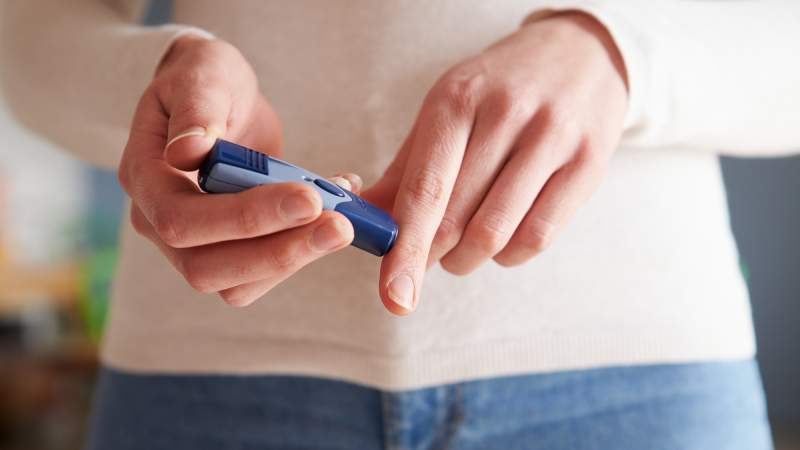Diabetes is a disease that affects how your body uses sugar. High blood sugar levels are often associated with diabetes. However, sugar in the blood can fluctuate and the levels can drop dangerously low as well. The following information describes several aspects of low blood sugar and why it can be so dangerous for people with diabetes.
What Is Low Blood Sugar?
Low blood sugar is also referred to as hypoglycemia. It is also sometimes called insulin shock or insulin reaction. This is a medical issue that is most associated with individuals taking insulin treatment. It can, however, happen if you are a diabetic taking pills. You are considered to have low blood sugar or low glucose if the levels fall below 70 mg/dl.
What Are the Causes of Low Blood Sugar?
There could be several reasons for hypoglycemia. Some of the more common causes of low blood sugar are taking too much medicine for diabetes or eating too little food. Sometimes excessive activity can be the cause as well. Sometimes you may inject insulin anticipating that you will be eating a large meal. If you end up not eating enough your blood sugar may drop substantially. If you have had diabetes for awhile you may be able to learn what the specific causes of low blood sugar are for you in different situations.
What Are the Reasons Low Blood Sugar Is So Dangerous?
Low blood sugar can be dangerous if it is not treated immediately. One of the reasons it’s so dangerous is that it can happen very quickly. There are normally symptoms that occur when blood sugar begins to drop significantly. Another dangerous aspect of low blood sugar is what is called Hypoglycemia Unawareness. If you suffer from low blood sugar often enough, the brain may eventually no longer produce signs or send symptoms to the rest of your body. If left untreated, low blood sugar can result in several of the following serious conditions:
- Mental Confusion
- Disruptive Behavior
- Seizures
- Unconsciousness
If extreme confusion or unconsciousness does occur, it will be necessary for another individual to assist you and make sure you receive the necessary treatment. An emergency injection of glucagon may need to be administered. If this is not available or the person with you is not comfortable administering the injection, 911 should be called. For these reasons, it’s imperative to be prepared by having treatments for low blood sugar with you at all times. Family, friends, and co-workers should also be advised of your situation so that they may help in any way possible if necessary.
What Are the Symptoms of Low Blood Sugar?
There are several symptoms you may experience when suffering from low blood sugar.
- You may feel a racing heart beat.
- You could become shaky and sweaty.
- You may experience impaired or blurred vision.
- You might feel weak or even sleepy.
- You may also feel very hungry or experience nausea.
What Are Some Low Blood Sugar Treatments?
Low blood sugar treatments will vary depending on each individual. A doctor will advise you regarding what would work best. For some people they will need to consume 15 to 20 grams of some type of glucose or simple carbohydrate. This might include any of the following.
- Glucose Tablets
- 2 Tablespoons of Raisins
- 1 Tablespoon of Sugar or Honey
- 8 Ounces of Low-fat or Nonfat Milk
- A Gel Tube
After you have taken the treatment recommended by your doctor, the blood sugar levels should be rechecked after about 15 minutes. If the levels are still too low, you may have to repeat the treatment. Diabetes low blood sugar can normally be managed if you know the symptoms and are able to treat them quickly.







